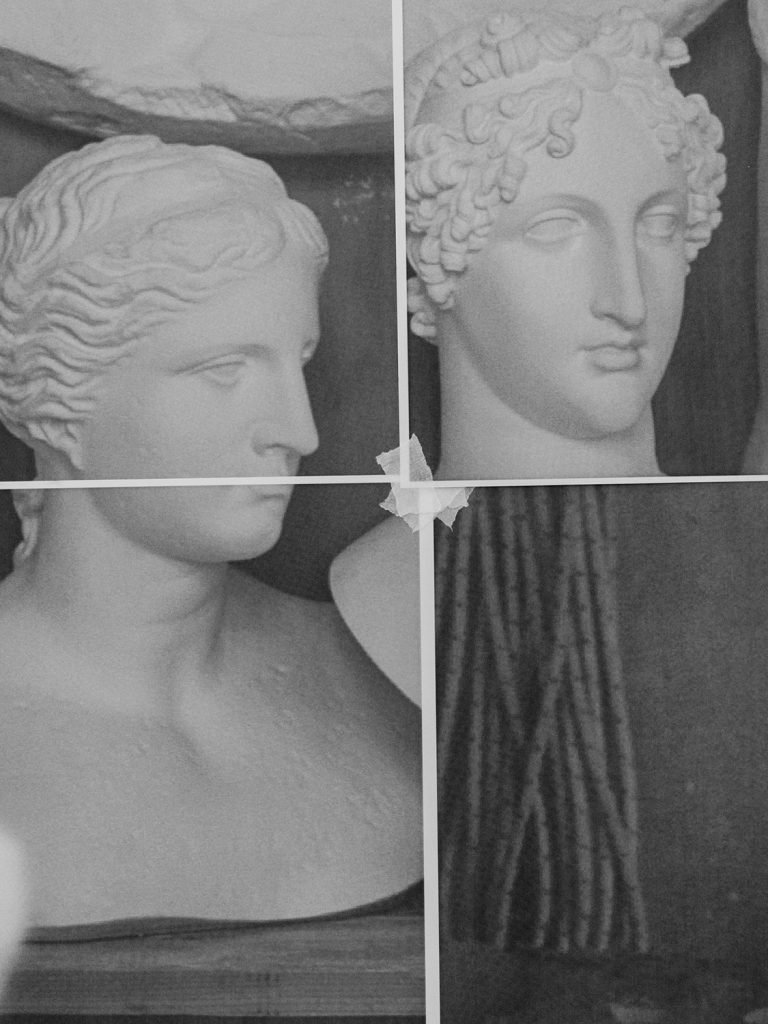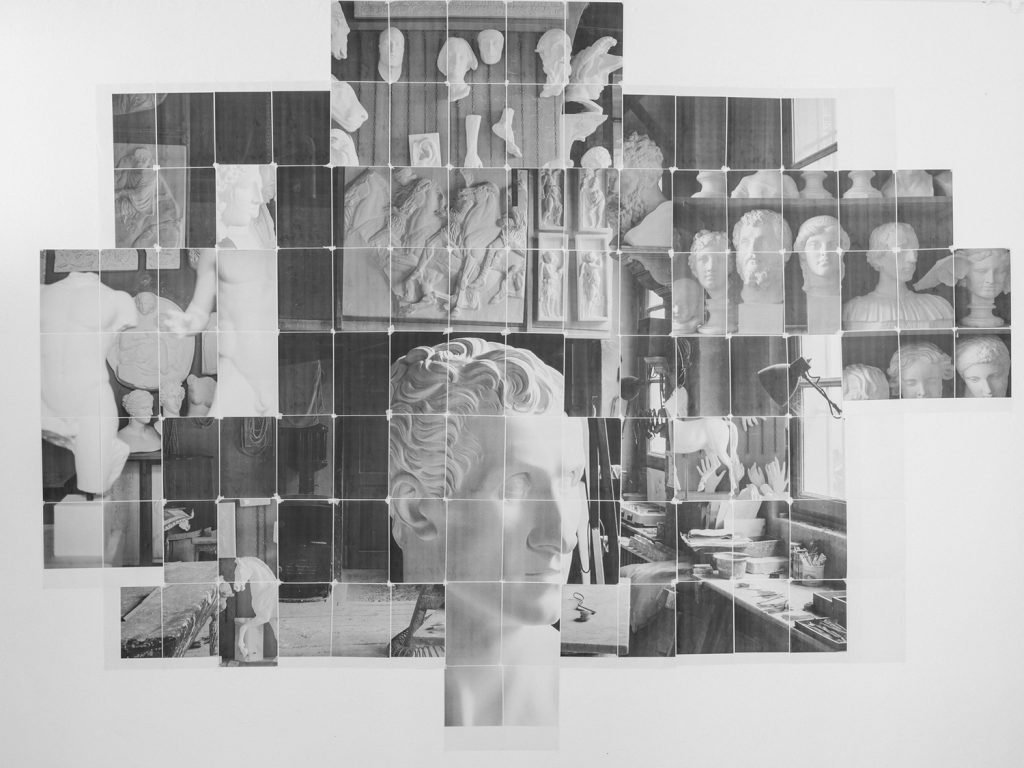“In my experience, fighting nostalgia, as an artist, is a full time job. Never more so than when I lived in Italy, which seems to me, to be a country perversely designed to make you feel both awe of the cultural achievements of the past, and a great doubt that you could ever add to them yourself.”
Zadie Smith, Rome Literary Festival, 2013
“Growth is only possible as a product of history. Without memory, innovation is merely novelty. History gives growth a direction. But a memory is never perfect. Every memory is a degraded or composite image of a previous moment or event. It means that every memory is new, a partial construct different from its source, and, as such, a potential for growth itself.”
Bruce Mau, An Incomplete Manifesto for Growth, 1998
I want to explore the identity of Italy today, how our tradition and culture – deeply embedded within the society, are so strong to become a limit. I want to revisit and criticize visual stereotypes used to represent Italian culture. In 2020 the subject of national identity is also a political one, when being “Italian” gives you more rights, wealth and opportunities, and the nationalist parties are building legal walls to define and regulate what and who is Italian.
This ongoing project is divided into 5 chapters: Capriccio, People Named Italo, Replica, Mamma and Pattuglia Acrobatica Nazionale. I’m presenting the first three.
Capitolo 1: Capriccio
Capriccio is a collection of postcards, views of classic monumental Italy in the style of Renaissance Capriccio paintings, architectural fantasies used to depict Italy through archeological ruins set in fictional landscapes.
Images of Italy that did not show any real existing place, postcards of an idealized nation.
My photos are made through manipulation of scanned flea market postcards: isolating, adding and modifying landscape and architectural features in digital collages. The final image is then photographed on my computer monitor, adding the dimension and physicality of the screen.
Capitolo 2: People Named Italo
Italo is a common first name, it is usually the name of a grandfather that is traditionally passed on to the grandchildren. I’m making a series of portraits of people who have the tradition literally imposed to them from their birth, along with privileges, wealth and rights.
I printed a paper backdrop with the photoshop transparency pattern suggesting the idea that these photos will be used for further manipulations. I’m asking the Italos to dress “like an italian” and to pose accordingly.
Capitolo 3: Replica
Culture evolve through transmission, but simple replication leads to loss of information.
A gipsoteca is a place where molds of classical bronze and marble statues are kept and used for art students and to make chalk replicas often used to decorate homes and gardens. These copies of famous statues reproduce also the imperfections and the missing parts of the originals (at the moment they were sampled), so all the copies of Venus of Milo will be without arms.
The photos I made in the gipsoteca are then printed on several A4 sheets of paper on an office printer and put together on a wall above it. This printing performance can be made again in an exhibition with the idea that visitors can bring home some printed pages.
Federico Ciamei (b. 1974 Roma, Italy) is an Italian photographer currently based in Milano. In 2010 he got a BA in Industrial Design and Visual Communication at Sapienza University of Roma. He works as an editorial freelance photographer in collaboration with international magazines such as NY Times T Magazine and Travel+Leisure shooting portraits, design and travel stories.
His practice as an artist focuses on the exploration of peoples’ desires and dreams: what drives us to search for something more than our basic needs and habits?
His first book “Travel Without Moving” (Skinnerboox, 2016) features a collection of adventures of great explorers in the past, taken from their diaries and rebuilt through archives and original photos.
His new body of work, “How Can You Live In The Present When You Are 3000 Years Old?” is about his personal relationship with Italy and the classical culture which is heavily embedded within the Italian society. It was developed in the 2nd Cycle of PARALLEL – European Photo Based Platform.











